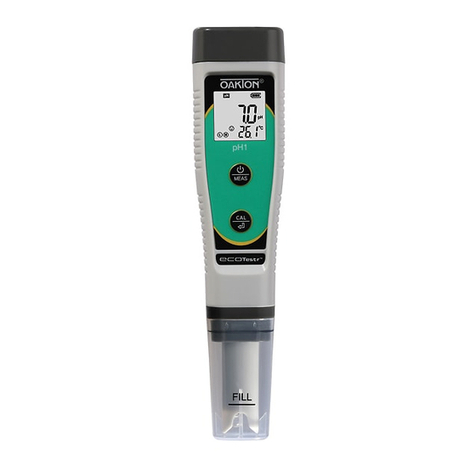Oakton 35618 Series User manual
Other Oakton Measuring Instrument manuals
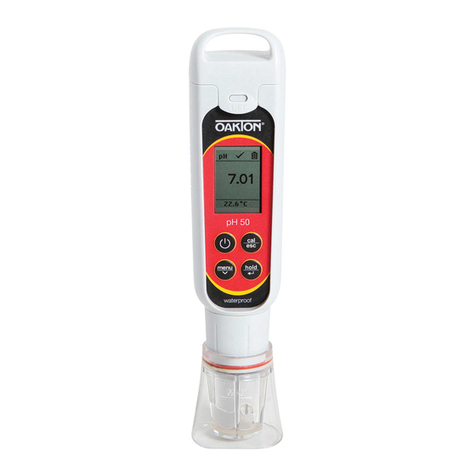
Oakton
Oakton pHTestr 50 User manual
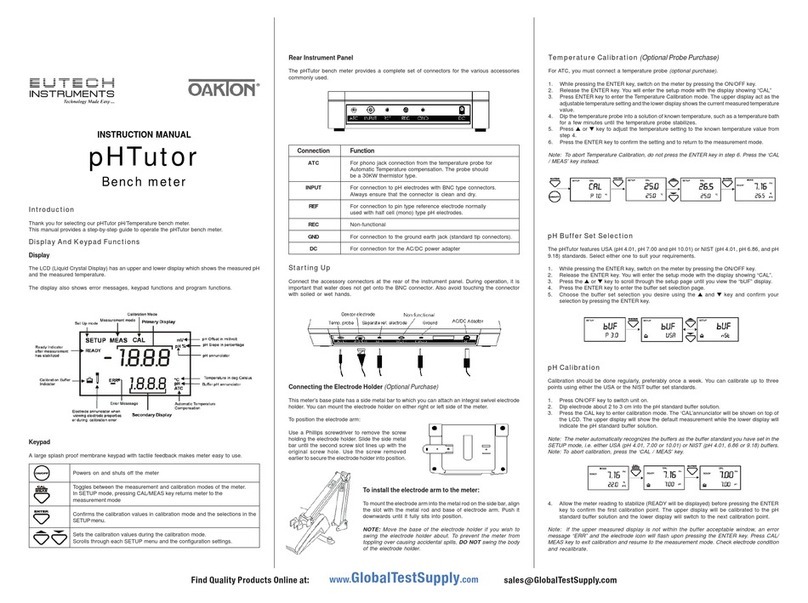
Oakton
Oakton pHTutor User manual
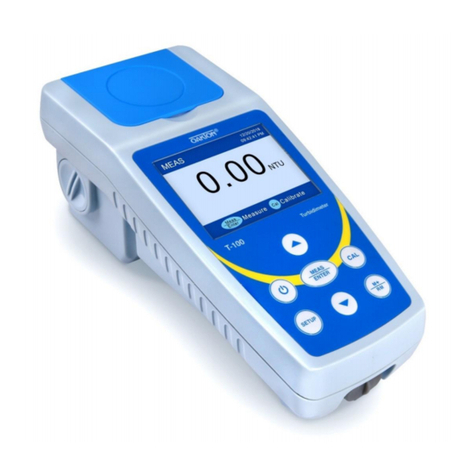
Oakton
Oakton T-100IR User manual
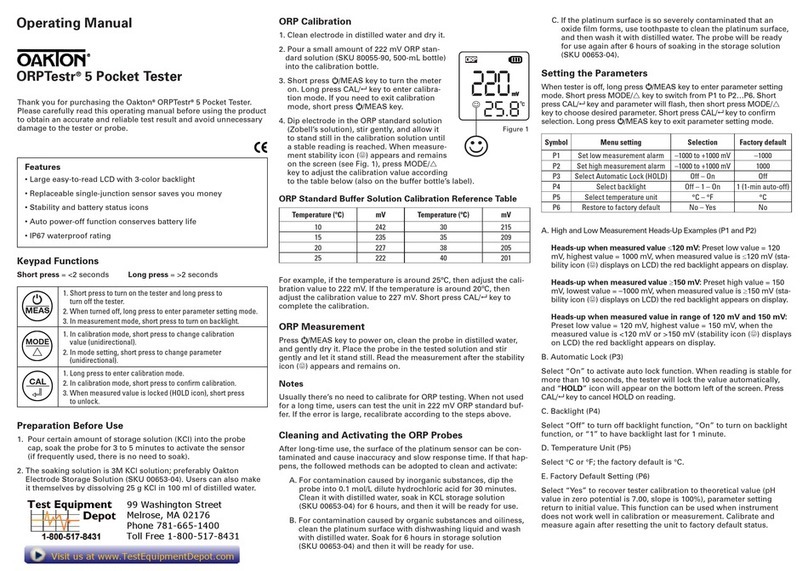
Oakton
Oakton ORPTestr 5 User manual
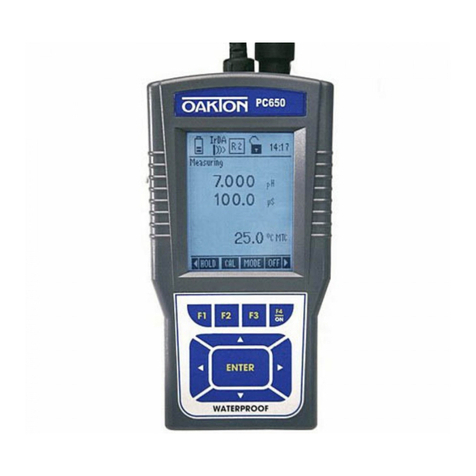
Oakton
Oakton pH 610 User manual

Oakton
Oakton EC250 User manual
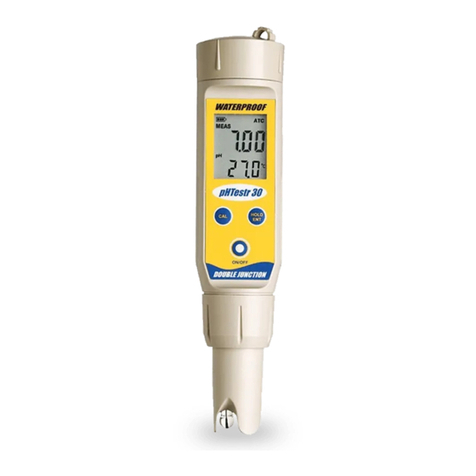
Oakton
Oakton ECTester11 User manual
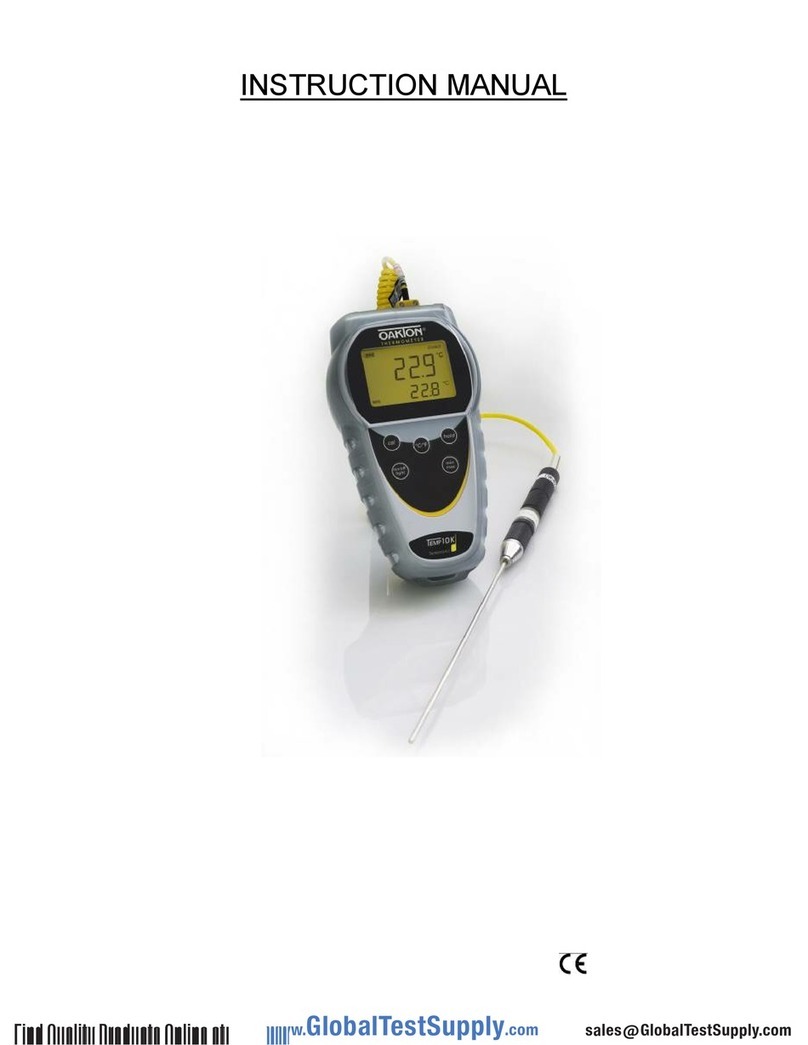
Oakton
Oakton WD-35427-10 User manual
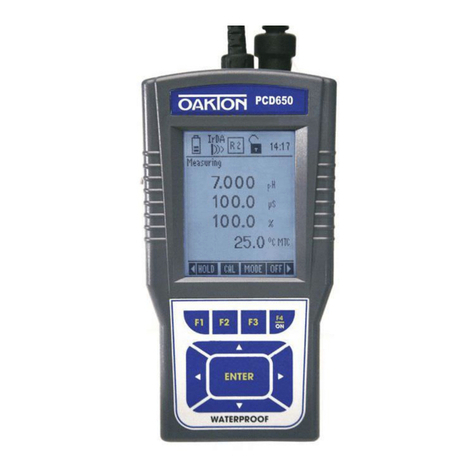
Oakton
Oakton PCD 650 User manual

Oakton
Oakton CON550 User manual

Oakton
Oakton WD-35610-00 User manual
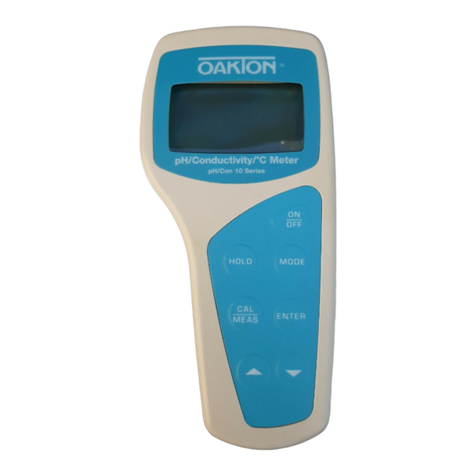
Oakton
Oakton 35630-00 User manual

Oakton
Oakton 35701-00 User manual

Oakton
Oakton pH 310 User manual
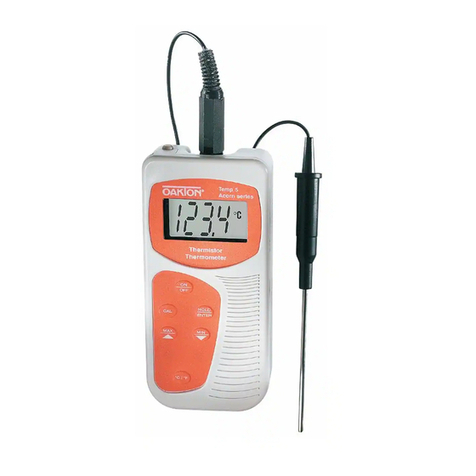
Oakton
Oakton Acorn TEMP 4 User manual

Oakton
Oakton WD-35606-00, WD-35606-05 User manual
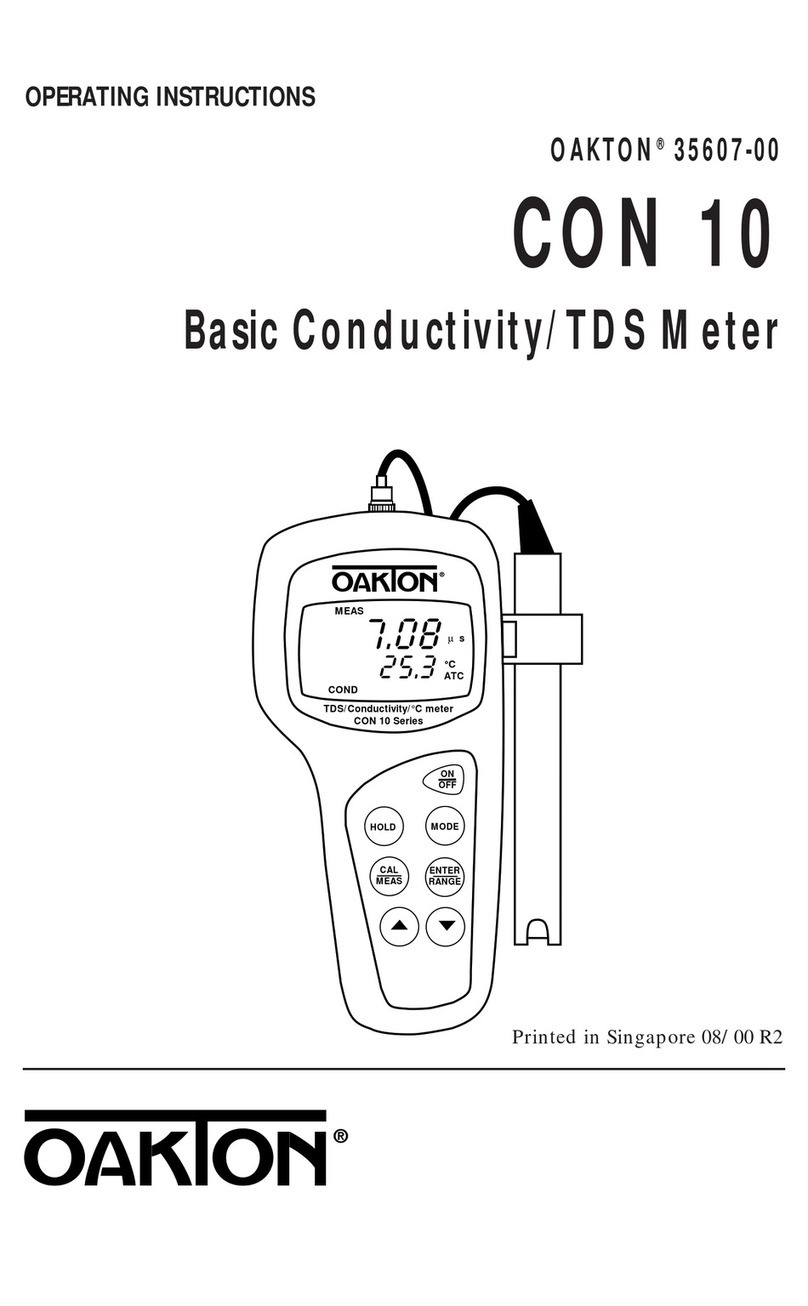
Oakton
Oakton CON 10 User manual

Oakton
Oakton ION 6 User manual
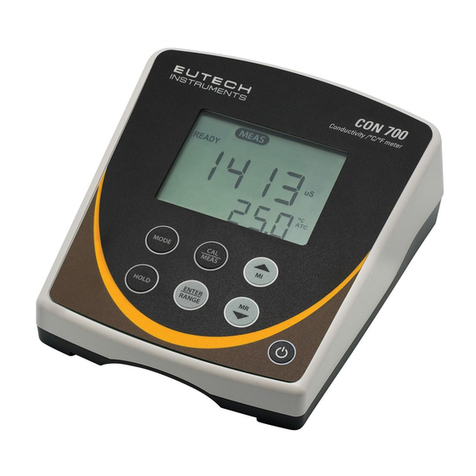
Oakton
Oakton CON 700 User manual
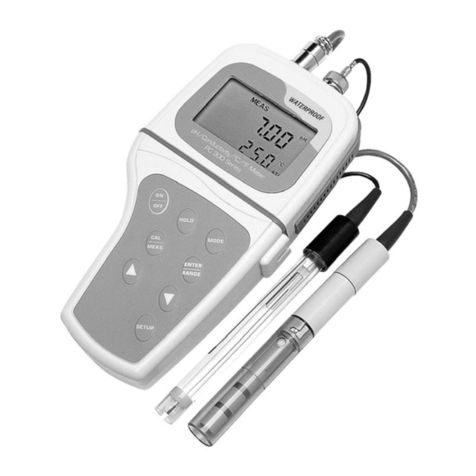
Oakton
Oakton PC 300 User manual
Popular Measuring Instrument manuals by other brands

Powerfix Profi
Powerfix Profi 278296 Operation and safety notes

Test Equipment Depot
Test Equipment Depot GVT-427B user manual

Fieldpiece
Fieldpiece ACH Operator's manual

FLYSURFER
FLYSURFER VIRON3 user manual

GMW
GMW TG uni 1 operating manual

Downeaster
Downeaster Wind & Weather Medallion Series instruction manual

Hanna Instruments
Hanna Instruments HI96725C instruction manual

Nokeval
Nokeval KMR260 quick guide

HOKUYO AUTOMATIC
HOKUYO AUTOMATIC UBG-05LN instruction manual

Fluke
Fluke 96000 Series Operator's manual

Test Products International
Test Products International SP565 user manual

General Sleep
General Sleep Zmachine Insight+ DT-200 Service manual



